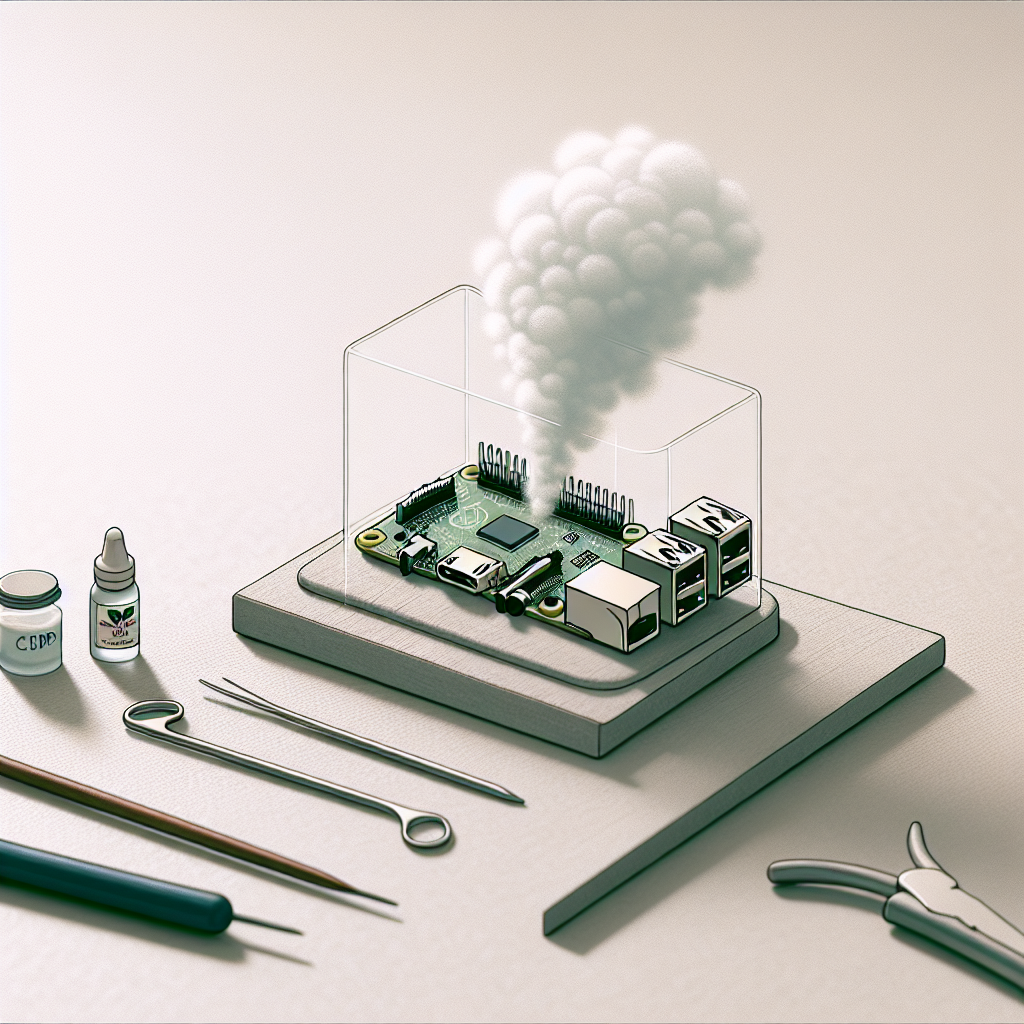Exploring the Limits: Raspberry Pi 5's Record Overclocking Attempt

The Quest for Performance
Overclocking has always intrigued tech enthusiasts, combining the thrill of pushing hardware to its limits with the satisfaction of extracting maximum performance. Recently, renowned overclocker Pieter-Jan Plaisier, known as SkatterBencher, embarked on an ambitious project: to break world records by overclocking the Raspberry Pi 5. Despite dedication and weeks of exhaustive efforts, the project highlighted the challenges and limitations inherent in the Pi 5’s architecture.
An Ambitious Undertaking
The Raspberry Pi 5, powered by a Broadcom BCM2712, features a 64-bit quad-core Arm Cortex-A76 CPU. Normally clocked at 2.4 GHz, this chip was pushed to 3.0 GHz utilizing an enhanced air cooling system. SkatterBencher switched tactics, implementing the official Raspberry Pi operating system alongside a NUMA patch, aiming to optimize task allocation across core resources.
Moving forward, the introduction of a liquid nitrogen cooling pot marked a significant escalation in approach. This methodology, commonly used in overclocking larger processors, seeks to counteract the thermal limitations that come with increased voltage and frequency.
Challenges and Discoveries
The experiment demonstrated the Pi's limits, achieving 3.4 GHz for benchmark tests and a peak potential of 3.6 GHz. However, surpassing this figure resulted in system instability, significantly locking up the device, attributed largely to voltage scaling constraints. Unraveling the complexities behind these issues remains daunting without access to advanced development tools.
Despite setbacks, the endeavor was not in vain. SkatterBencher gleaned valuable insights into Linux handling and pushed the boundaries of hardware modification. These learnings primed future projects and provided a deeper understanding of the Raspberry Pi 5's internal workings, even if ultimate success was elusive.
Broader Implications in Tech
This record-setting endeavor sheds light on the broader tech industry, particularly the meticulous art of overclocking. While high-end CPUs from major manufacturers benefit from overclocking potential due to robust design and extensive thermal management, the Raspberry Pi’s modest design reveals its purpose as more educational and developmental than performance-centric.
The exploration into the capabilities of microcomputers like the Raspberry Pi illustrates the diversity and potential within hardware experimentation, reaffirming its position within the technology community as a tool for learning and creative rigor.
Looking Ahead
As technology continues to evolve, enthusiasts like SkatterBencher will undoubtedly pursue new challenges and narrative-altering overclocking achievements. While the Raspberry Pi 5 may not currently hold records in competitive overclocking circles, its role in showcasing innovation and encouraging technological exploration remains undiminished.



Comments ()